Enhanced convolution approach for CAC in ATM networks, an analytical study and implementation
Departamento/Instituto
Universitat de Girona. Departament d'Electrònica, Informàtica i Automàtica
Resumen
The characteristics of service independence and flexibility of ATM networks make the control problems of such networks very critical. One of the main challenges in ATM networks is to design traffic control mechanisms that enable both economically efficient use of the network resources and desired quality of service to higher layer applications. Window flow control mechanisms of traditional packet switched networks are not well suited to real time services, at the speeds envisaged for the future networks. <br/>In this work, the utilisation of the Probability of Congestion (PC) as a bandwidth decision parameter is presented. The validity of PC utilisation is compared with QOS parameters in buffer-less environments when only the cell loss ratio (CLR) parameter is relevant. The convolution algorithm is a good solution for CAC in ATM networks with small buffers. If the source characteristics are known, the actual CLR can be very well estimated. Furthermore, this estimation is always conservative, allowing the retention of the network performance guarantees. <br/>Several experiments have been carried out and investigated to explain the deviation between the proposed method and the simulation. Time parameters for burst length and different buffer sizes have been considered. Experiments to confine the limits of the burst length with respect to the buffer size conclude that a minimum buffer size is necessary to achieve adequate cell contention. Note that propagation delay is a no dismiss limit for long distance and interactive communications, then small buffer must be used in order to minimise delay. <br/>Under previous premises, the convolution approach is the most accurate method used in bandwidth allocation. This method gives enough accuracy in both homogeneous and heterogeneous networks. But, the convolution approach has a considerable computation cost and a high number of accumulated calculations. <br/>To overcome this drawbacks, a new method of evaluation is analysed: the Enhanced Convolution <br/>Approach (ECA). In ECA, traffic is grouped in classes of identical parameters. By using the multinomial distribution function instead of the formula-based convolution, a partial state corresponding to each class of traffic is obtained. Finally, the global state probabilities are evaluated by multi-convolution of the partial results. This method avoids accumulated calculations and saves storage requirements, specially in complex scenarios. <br/>Sorting is the dominant factor for the formula-based convolution, whereas cost evaluation is the dominant factor for the enhanced convolution. A set of cut-off mechanisms are introduced to reduce the complexity of the ECA evaluation. The ECA also computes the CLR for each j-class of <br/>traffic (CLRj), an expression for the CLRj evaluation is also presented. <br/>We can conclude that by combining the ECA method with cut-off mechanisms, utilisation of ECA in real-time CAC environments as a single level scheme is always possible.
Palabras clave
Convolucions (Matemàtica); Modalidad de transferencia asíncrona; Convolution (Mathematic); Asynchronous transfer mode; Modalitat de transferència asíncrona; Convoluciones (Matemática)
Materias
51 - Matemáticas; 621.3 - Ingeniería eléctrica. Electrotecnia. Telecomunicaciones; 68 - Industrias, oficios y comercio de artículos acabados. Tecnología cibernética y automática
Derechos
ADVERTIMENT. L'accés als continguts d'aquesta tesi doctoral i la seva utilització ha de respectar els drets de la persona autora. Pot ser utilitzada per a consulta o estudi personal, així com en activitats o materials d'investigació i docència en els termes establerts a l'art. 32 del Text Refós de la Llei de Propietat Intel·lectual (RDL 1/1996). Per altres utilitzacions es requereix l'autorització prèvia i expressa de la persona autora. En qualsevol cas, en la utilització dels seus continguts caldrà indicar de forma clara el nom i cognoms de la persona autora i el títol de la tesi doctoral. No s'autoritza la seva reproducció o altres formes d'explotació efectuades amb finalitats de lucre ni la seva comunicació pública des d'un lloc aliè al servei TDX. Tampoc s'autoritza la presentació del seu contingut en una finestra o marc aliè a TDX (framing). Aquesta reserva de drets afecta tant als continguts de la tesi com als seus resums i índexs.


